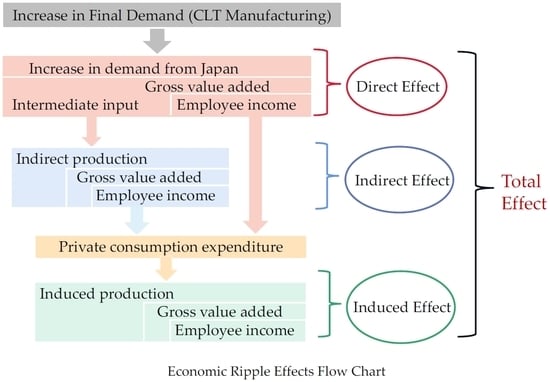Economic Ripple Effects Analysis of Cross-Laminated Timber Manufacturing in Japan
Abstract
Share and Cite
Liu, M.; Huzita, T.; Murano, A.; Goh, C.S.; Kayo, C. Economic Ripple Effects Analysis of Cross-Laminated Timber Manufacturing in Japan. Forests 2023, 14, 492. https://doi.org/10.3390/f14030492
Liu M, Huzita T, Murano A, Goh CS, Kayo C. Economic Ripple Effects Analysis of Cross-Laminated Timber Manufacturing in Japan. Forests. 2023; 14(3):492. https://doi.org/10.3390/f14030492
Chicago/Turabian StyleLiu, Mengyuan, Tomohumi Huzita, Akito Murano, Chun Sheng Goh, and Chihiro Kayo. 2023. "Economic Ripple Effects Analysis of Cross-Laminated Timber Manufacturing in Japan" Forests 14, no. 3: 492. https://doi.org/10.3390/f14030492
APA StyleLiu, M., Huzita, T., Murano, A., Goh, C. S., & Kayo, C. (2023). Economic Ripple Effects Analysis of Cross-Laminated Timber Manufacturing in Japan. Forests, 14(3), 492. https://doi.org/10.3390/f14030492






